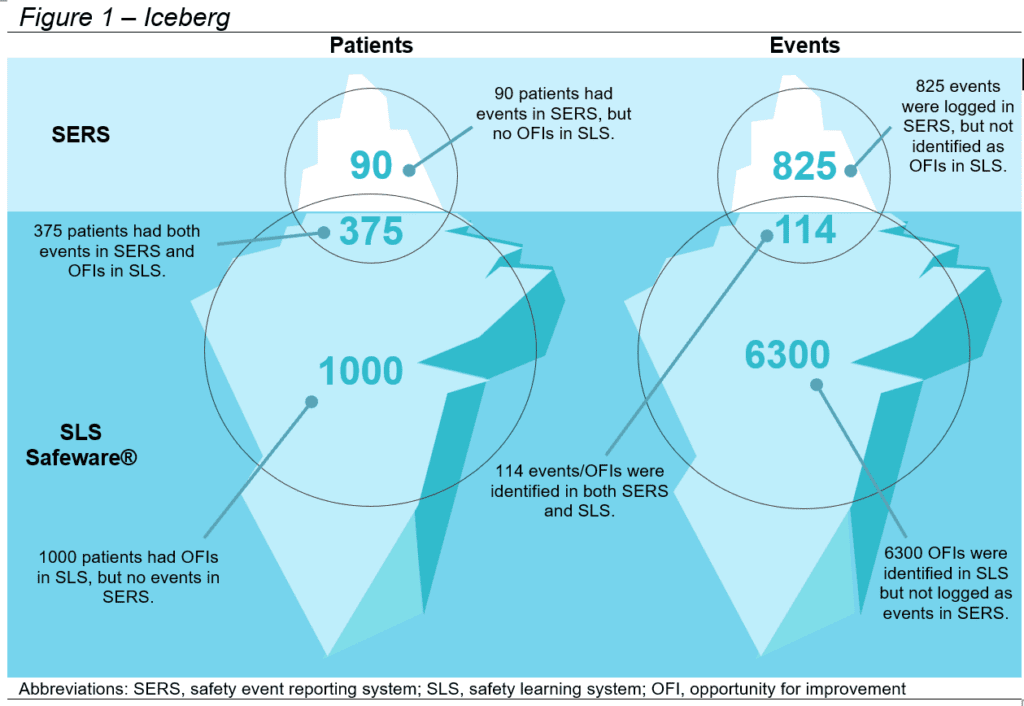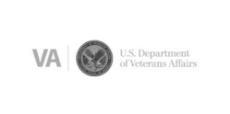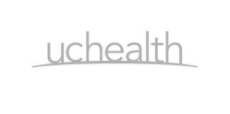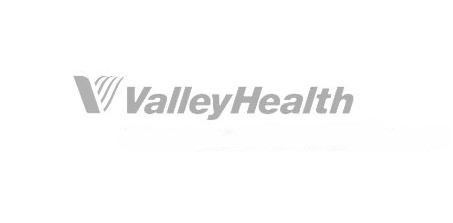Successful Outcomes from Healthcare Leaders Like You
From improved patient outcomes to empowered healthcare teams, see how our collaborative approach is revolutionizing patient safety.
25%
reduction in mortality rates within 2 years
80%
of identified issues are previously hidden omissions of care
97%
positive feedback from healthcare teams
66%
of cases reveal improvement opportunities vs. 26% industry standard
Success Through Partnership
Healthcare organizations across the country are achieving breakthrough results by collaborating with us.
UC Health: Culture Transformation
UC Health transformed quality review processes, leading to enhanced team morale and unprecedented improvements in patient safety outcomes.
UMC: Transforming End-of-Life Care
Through systematic process improvements, UMC not only reduced mortality rates by 13.4% in just one year but also enhanced the confidence of their staff.
What Healthcare Leaders Are Saying
We are identifying opportunities that, because there was no negative impact on the patient, may not have ever been recorded or reported.
Tony Calabria, MA, CPHQ, CSSBB
Using SLS has allowed me to leverage the engineering principles that I want to teach in a way that is already packaged for clinicians.
Shira Wolf, BSE
Ready to uncover opportunities for improvement and save more lives?
Let’s start a conversation about your organization’s safety journey.
The Hidden Truth About Patient Safety
Our loved one lens reveals that 65% of cases have one or more opportunities for improvement—issues that traditional review methods miss. Through our collaborative approach, we’re uncovering and addressing these critical gaps in healthcare delivery.

See What Others Miss
Like an iceberg, most system vulnerabilities lie beneath the surface. Traditional Safety Event Reporting Systems (SERS) capture only the visible problems—typically less than 20% of all safety incidents. Our Safety Learning System® (SLS) reveals that for every single event reported through traditional systems, we discover multiple additional Opportunities for Improvement (OFIs).
This hidden 80% reveals critical insights: the majority of OFIs we identify are omissions of care rather than active errors. When we examine cases through SLS, we consistently find up to 7 times more events than voluntary reporting alone, uncovering the process gaps and system failures that impact patient outcomes daily.
The iceberg model demonstrates this clearly:
- Each discovered opportunity provides a chance to prevent future harm and enhance care delivery.
- Many patients have OFIs that aren’t captured in traditional reporting.
- Thousands of improvement opportunities would go unnoticed without systematic review.
- SERS and SLS work together to provide a complete picture of patient safety.
Specific details related to patients from the iceberg model are as follows:
- Tip of the iceberg – 90 patients had events in SERS, but no OFIs in SLS.
- Below the surface – 375 patients had both events in SERS and OFIs in SLS.
- Way below the surface – 1,000 patients had OFIs in SLS, but no events in SERS.
Specific details related to events from the iceberg model are as follows:
- Tip of the iceberg – 825 events were logged in SERS but not identified as OFIs in SLS.
- Below the surface – 114 patients had both events in SERS and OFIs in SLS.
- Way below the surface – 6,300 OFIs were identified in SLS but not logged as events in SERS.
Join Healthcare Organizations Leading the Change
Organizations using our methodology are setting new standards in patient safety and care quality from community hospitals to major health systems.






